What Is Maximalism – Understanding This Style With Examples
Welcome to the colorful, wild world of maximalism! Here, bold choices rule, and every detail has something to say. From eye-catching designs to over-the-top fashion, maximalism invites you to embrace the fun of mixing, matching, and breaking the rules.
In this article, we’ll dive into this exciting style and check out some fantastic examples that prove more is more.
Table of contents
What Is Maximalism?
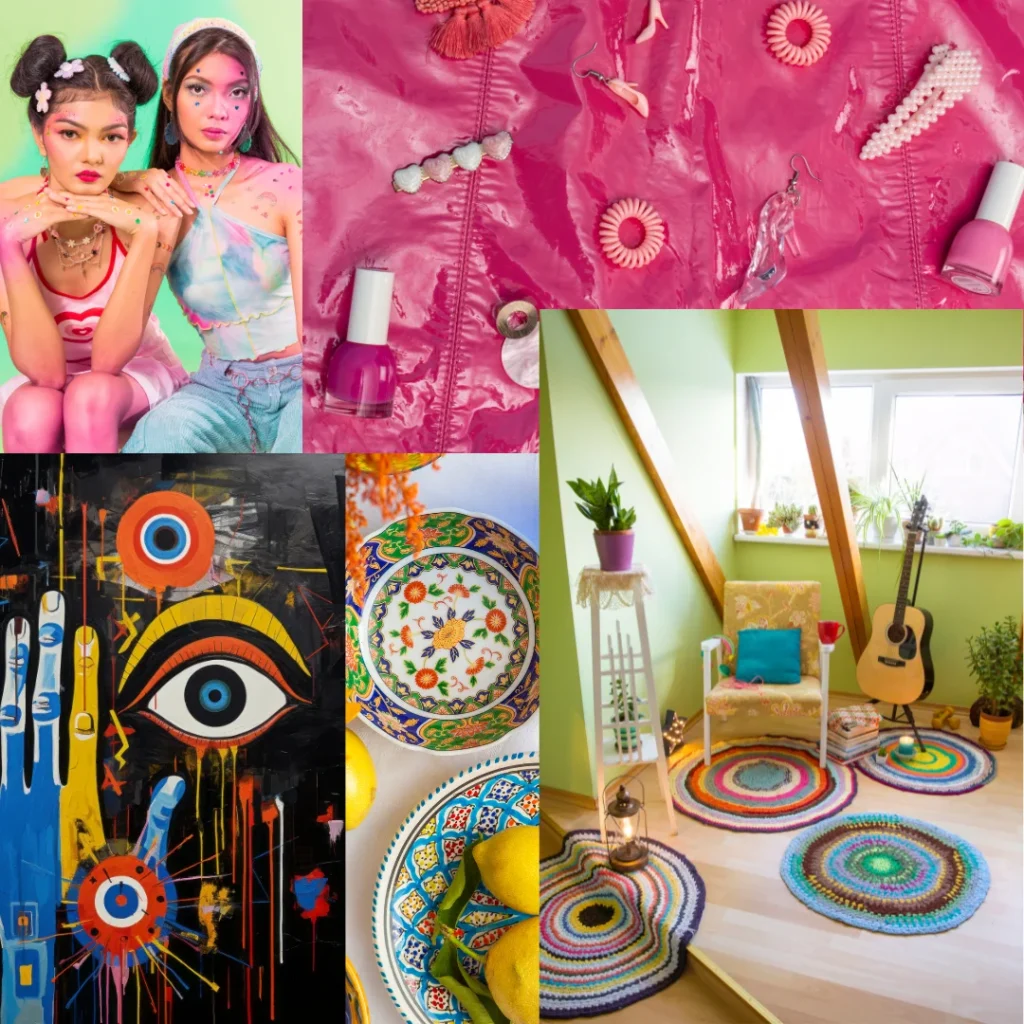
Maximalism is the opposite of minimalism. While minimalism strips away everything unnecessary, maximalism adds layers and combines elements.
It’s about creating rich, energetic, and unapologetically expressive designs. Maximalist designs often mix bold colors, dramatic typography, and intricate details to tell a story or evoke strong emotions.
Unlike minimalism’s “less is more,” maximalism believes “more is more,” it’s all about making your work stand out in a sea of clean, minimal designs.
Also, check out What Is Retro Futurism
The Key Elements – What Is Maximalism In Design
- Bold Colors: Think vibrant palettes and daring contrasts. Don’t be afraid to use colors that clash or grab attention. Neon pink next to royal blue? Yes, please.
- Layering: Pile on images, patterns, and textures. Overlapping visuals create depth and complexity, making your design a treat for the eyes.
- Eclectic Typography: Mix different styles of fonts like you’re creating a collage. Use playful scripts with sharp fonts or oversized letters. The more unexpected, the better.
- Ornate Details: Add intricate patterns or decorative frames. These details create a sense of luxury and craftsmanship.
- Clashing Aesthetics: Combine styles from different times or cultures. Blend modern shapes with vintage vibes or futuristic elements with classic motifs for a unique twist.
The Resurgence Of Maximalism In Modern Design Scenario
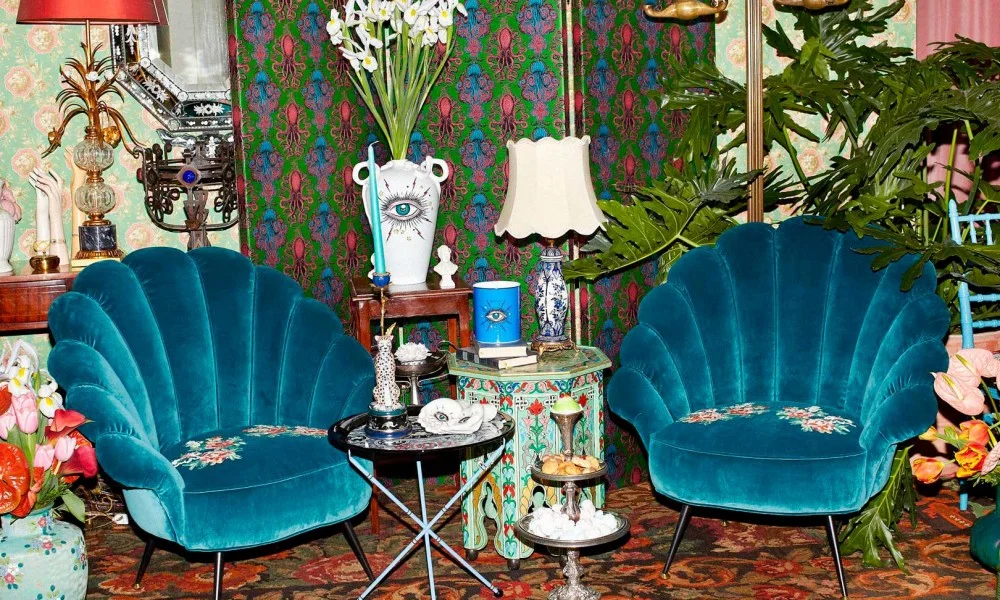
Maximalism is making a big comeback, and it’s easy to see why. With social media and digital platforms flooded with content, bold and vibrant designs grab attention faster than clean, minimal layouts.
Designers use maximalism to stand out, creating eye-popping visuals packed with colors, textures, and patterns that demand a second look. The rise of digital tools and technologies has made it easier to experiment with layered designs, 3D elements, and motion graphics, bringing maximalist ideas to life like never before.
In today’s crowded digital world, maximalism offers a fresh and exciting way to leave a lasting impression.
How To Use Maximalism In Your Designs
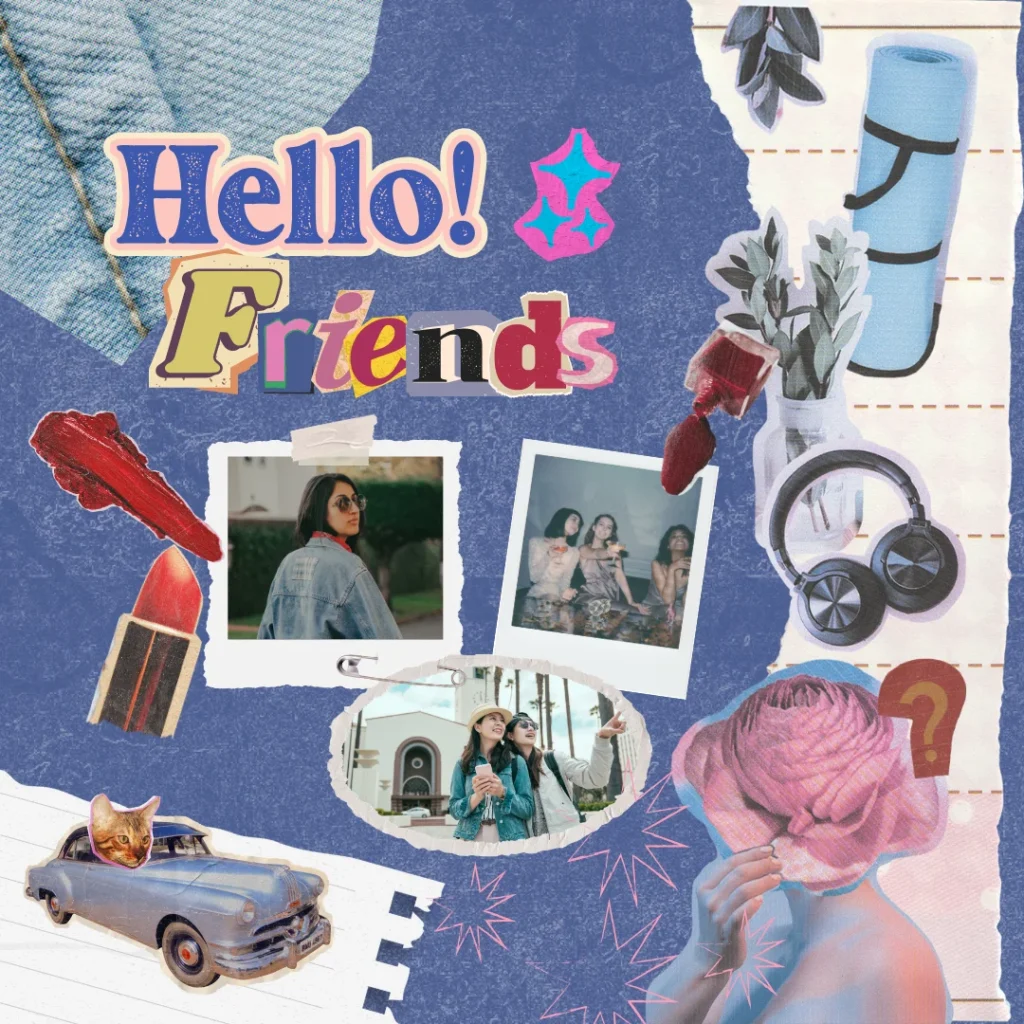
Start with a Bold Palette
Pick 3-5 strong colors that work together or clash in exciting ways. Test combinations until you find one that feels right.
Play with Layers
Experiment with overlapping images, textures, and text. Add and adjust until the design feels full but not chaotic.
Mix Fonts Carefully
Use contrasting fonts to create drama, but make sure they complement each other. A fancy script next to a blocky sans-serif often works well.
Use Patterns and Textures
Incorporate geometric shapes, floral patterns, or textured backgrounds to add richness.
Know When to Stop
Even maximalism has limits. Step back and check if your design still communicates its message. If it feels cluttered, simplify just enough to make it clear.
Famous Maximalist Art
The Garden of Earthly Delights by Hieronymus Bosch
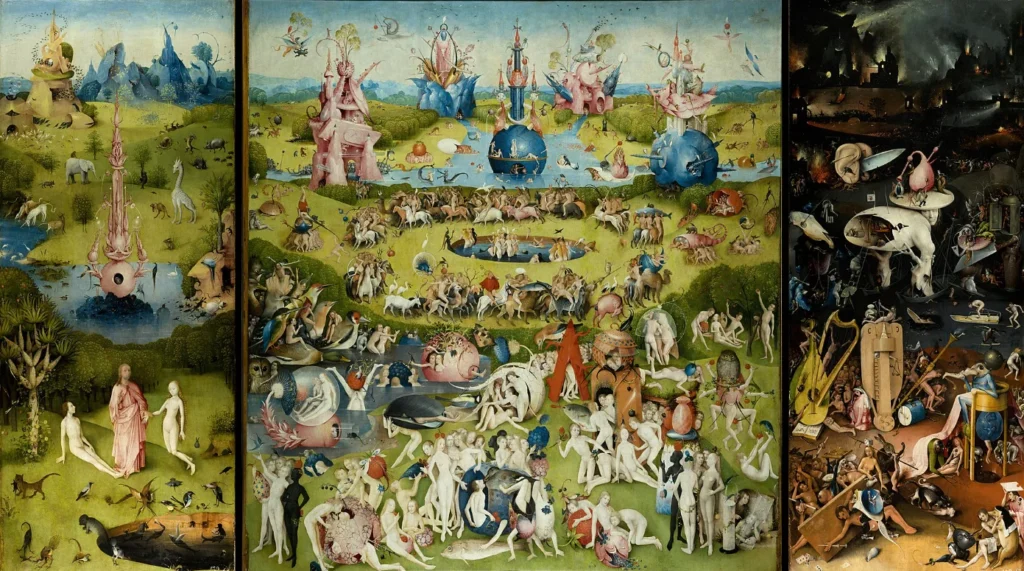
This 16th-century maximalist painting has surreal scenes, tiny details, and colorful storytelling. It’s a perfect example of mixing chaos with meaning.
The Persistence of Memory by Salvador Dalí
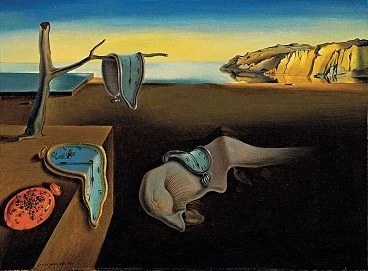
Dalí’s surrealist paintings, like this one with melting clocks, are full of rich textures, strange objects, and bold contrasts, making them feel maximalist.
Gustav Klimt’s Maximalist Painting – The Kiss
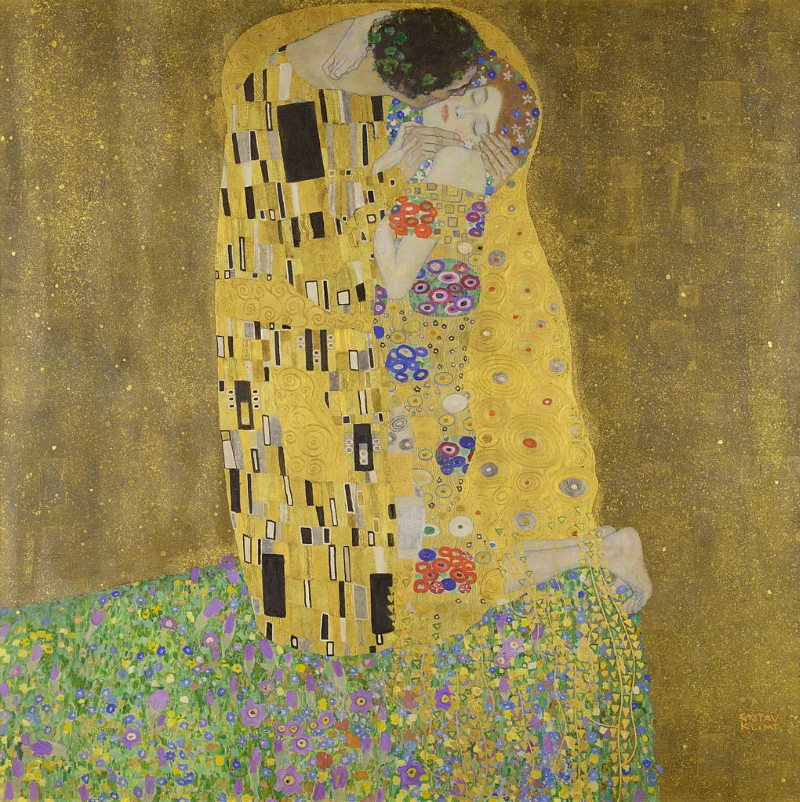
Klimt’s golden painting is famous for its glowing colors, detailed patterns, and luxurious textures, creating a romantic and visually stunning masterpiece.
Yayoi Kusama’s Infinity Mirror Rooms
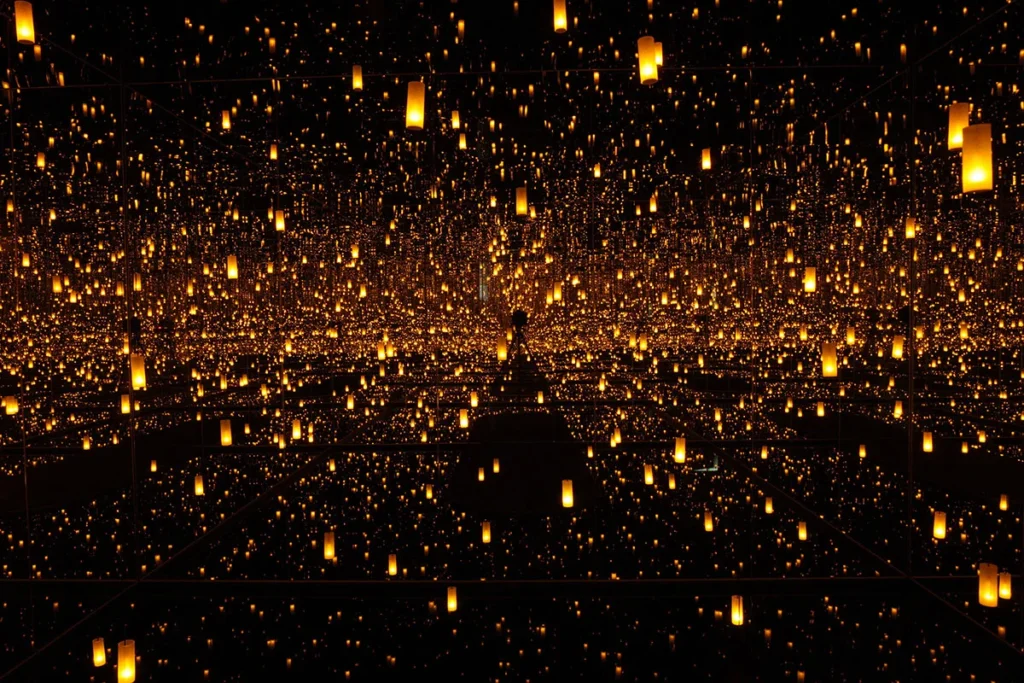
Kusama’s art installations surround you with endless dots, bright colors, and reflections, creating an overwhelming and mesmerizing experience.
Jean-Michel Basquiat’s Untitled Works
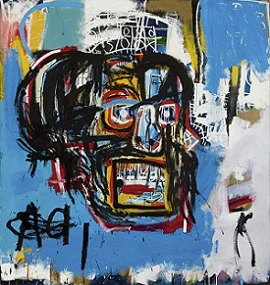
Basquiat’s graffiti-style art uses bright colors, layered images, and a mix of cultural symbols, making it a standout in modern maximalism.
Examples of Maximalism in Moden Graphic Design
Maximalism In Branding
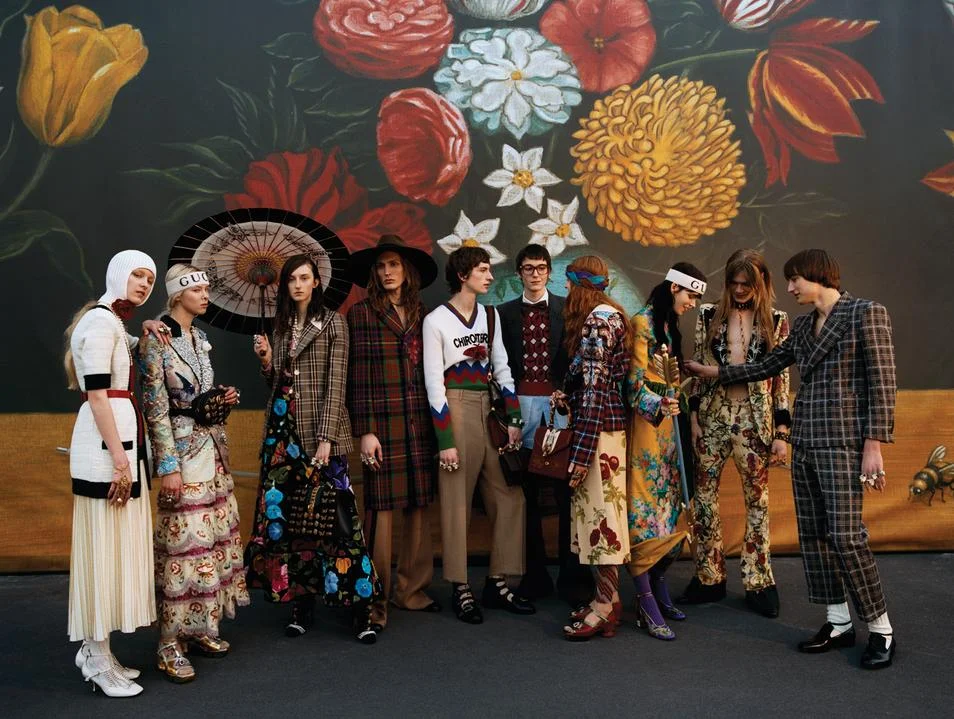
Brands like Gucci and Absolut Vodka use maximalism to create bold, high-energy campaigns. Their designs combine playful colors and intricate details to stand out.
Maximalism In Posters and Album Art
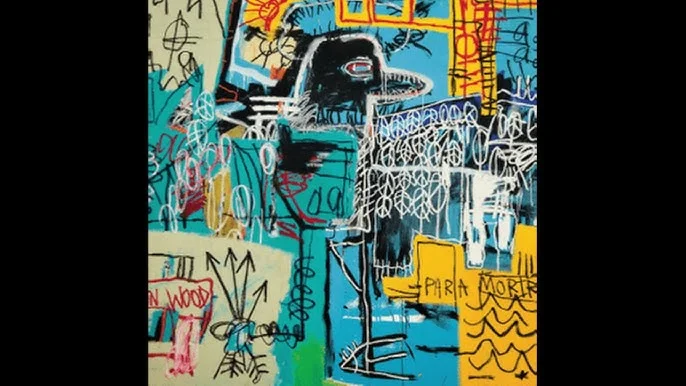
Think of music festival posters or album covers. These often embrace maximalism to reflect the energy and creativity of the artists they represent.
Maximalist Style In Social Media Graphics

Platforms like Instagram thrive on eye-catching visuals. Maximalist designs stop users from scrolling and make them take notice.
What Is Moody Maximalism
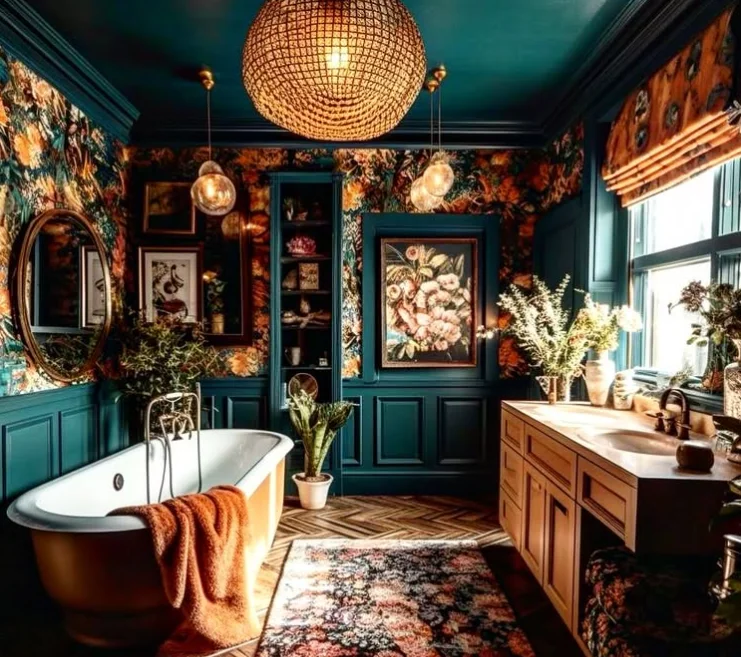
Moody maximalism mixes bold, rich designs with a darker, more dramatic feel. Instead of bright colors, it uses deep shades like emerald green, burgundy, and navy, paired with textures like velvet or metallics. The patterns are layered, but they feel more mysterious.
Think dark florals, vintage designs, or abstract shapes. This style is bold but also creates a moody, elegant atmosphere. It’s perfect for designs that want to stand out while still feeling stylish and full of character.
Challenges With The Maximalist Style
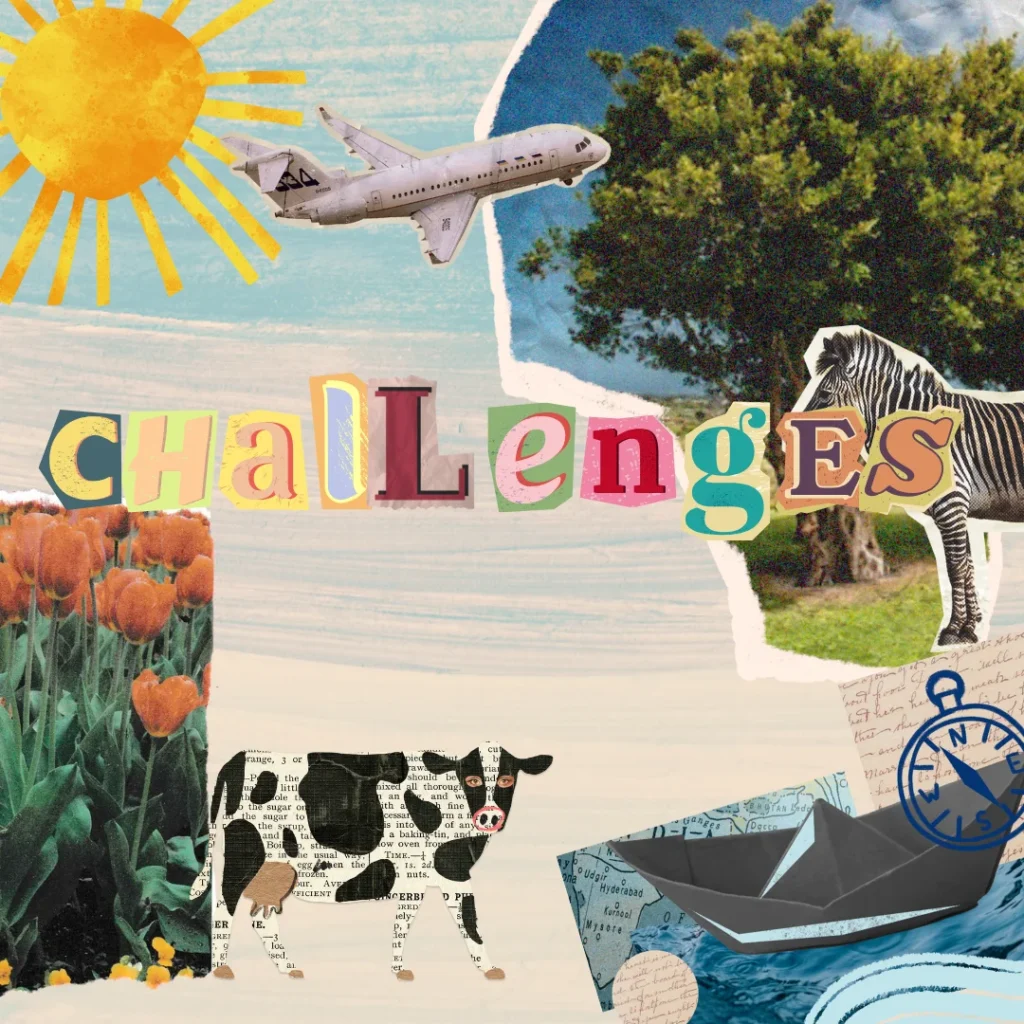
Maximalism isn’t always easy. Sometimes, it’s tricky to balance boldness with clarity. Too much layering or too many fonts can confuse your audience.
It’s essential to keep your design purposeful and ensure every element adds to the story. Clients might also have mixed feelings about maximalism.
Some may love it, while others might find it overwhelming. Always communicate and align your vision with theirs.
Conclusion
Maximalism is more than just a style. It’s a creative mindset. It challenges designers to be daring, experimental, and expressive. By embracing maximalism, you can create bold, exciting, and impossible work to ignore.
So layer those patterns, mix those colors, and let your creativity run wild. After all, more really is more!
Like this post? Check out more such informational graphic design content on our blog.
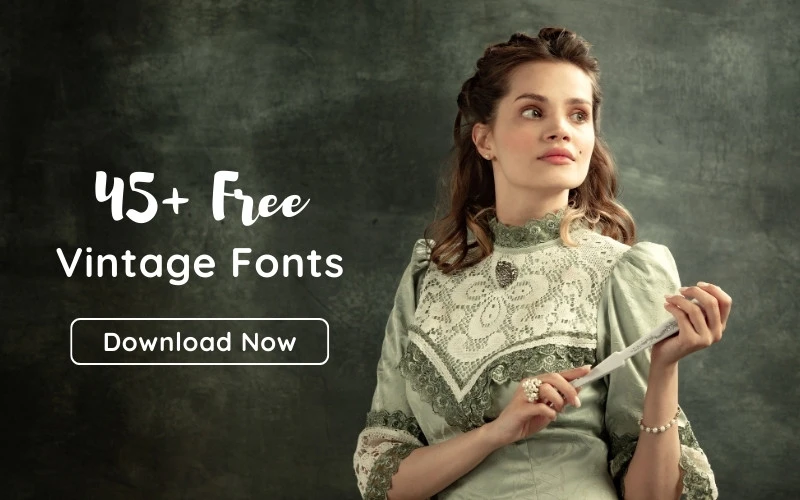
teşekkürler
Maximalism is more than just a style.
Good and quality article, thank you very much.
Thanks for sharing all the other info you do. Where can I find information like this that’s written so well? I’ll keep an eye on information like that.
Really enjoyed reading about maximalism! You perfectly captured its joyful and expressive nature. It’s such a refreshing aesthetic. Great post!
This article beautifully captures the spirit of maximalism! The bold use of color, layering, and eclectic typography is truly inspiring. Love the “more is more” attitude—it’s all about creativity and fearless expression.